Principles of Matching Graphics Card and CPU
Jul. 10, 2025 / Updated by Seraphina to Windows 10
Playing games is a hobby for many people and also a significant test of computer performance. So, when it comes to choosing a computer, which is more important, the CPU or the graphics card? And how do you select the right CPU and graphics card to match? This article will provide you with answers to these questions.

1. The definition and roles of graphics cards and CPUs
Graphics Card is an important component in a computer, also known as Graphics Processing Unit(GPU). It plays a crucial role in applications such as gaming, video editing, graphic design, and other tasks requiring high-performance graphics processing. Its main function is to process graphics and image data in a computer, convert digital data into graphical signals, and output them to the display. Additionally, graphics cards typically come with their own memory, known as VRAM, which is used to store and process graphics data.
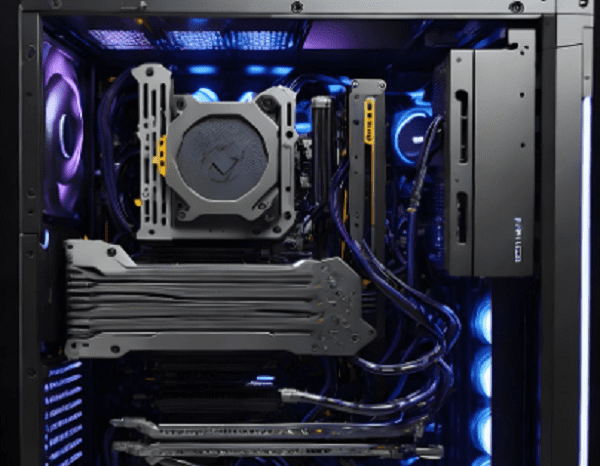
Central Processing Unit (CPU) is the main processor in a computer, also referred to as the Central Processing Unit. It is one of the core components of a computer, responsible for executing various computing tasks and instructions, controlling the computer's operations, and communicating with other hardware components. The CPU serves as the computer's brain and is essential for all types of computing tasks, including running applications, processing data, managing memory, and executing operating system tasks.
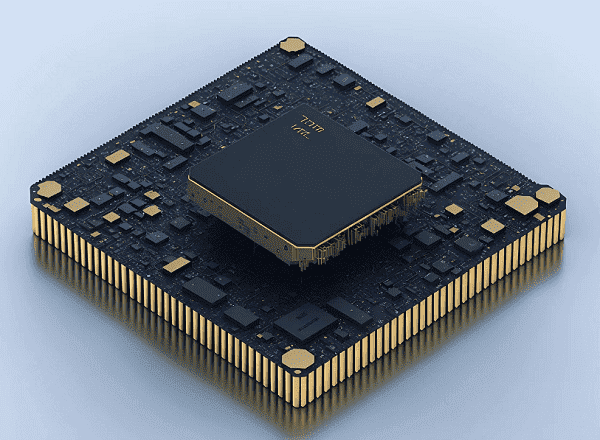
2. Which is more important for gaming, the graphics card or the CPU?
In the beginning, we need to understand the roles and differences between the CPU and the graphics card. The CPU, or Central Processing Unit, serves as the computer's brain, responsible for processing various data and instructions and controlling the computer's operations. On the other hand, the graphics card, also known as the GPU or Graphics Processing Unit, acts as the computer's visual processor, handling the rendering of graphics and videos and outputting them to the display. While both the CPU and the graphics card are crucial components affecting computer performance, their roles differ when it comes to gaming.
In general, the CPU primarily handles tasks such as logic calculations, physics simulations, audio processing, and network communication in gaming, whereas the graphics card focuses on tasks like rendering graphics, lighting effects, resolution, and frame rates.
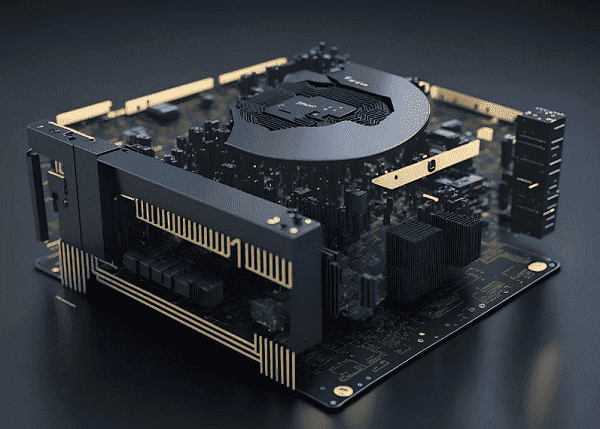
Different types and styles of games have varying demands on the CPU and graphics card. For example:
(1). Some single-player games, especially AAA titles, often feature stunning graphics, complex scenes, and impressive visual effects, requiring high-performance graphics cards but relatively lower CPU performance. These games can maintain frame rates by lowering graphics quality and resolution, with mainstream 6 to 8-core CPUs being sufficient.
(2). Certain online multiplayer games, particularly MMORPGs or FPS games with multiple players on screen, tend to have complex logic, dynamic physics, rich audio, and frequent network activity, placing higher demands on CPU performance while requiring relatively lower graphics card performance. Lowering effects and lighting can improve frame rates, with mid-range graphics cards being adequate.
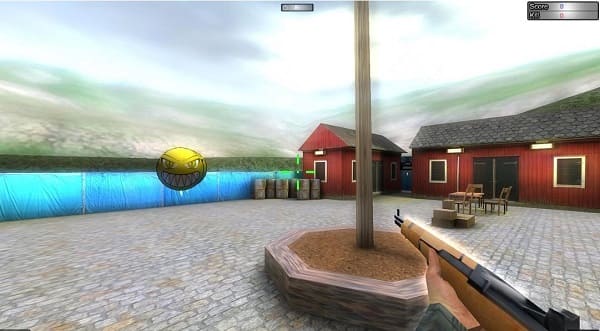
(3). Some strategy or simulation games have large datasets, intensive calculations, high memory consumption, and frequent storage operations, demanding certain levels of performance from both the CPU and graphics card but relying more on memory and storage. These games may enhance speed by reducing resolution and details, necessitating mid to high-end CPUs and graphics cards for smooth performance.
Therefore, when playing games, there is no absolute answer as to whether the CPU or the graphics card is more important. It depends on the type of games you play and the experience you seek. If you want to play the latest and hottest AAA titles and enjoy a high-definition, high-frame-rate visual feast, then you need a high-end graphics card and to download and install the latest graphics card drivers. You can download graphics card drivers from the respective official websites or use "Driver Talent" for one-click detection and matching downloads. Additionally, choose a CPU that doesn't lag behind to achieve a balanced performance.
If you want to play some classic online games and ensure smooth and stable gameplay, you will need a high-end CPU paired with a graphics card that won't be wasted. And if you want to play some special strategy or simulation games and pursue fast and accurate calculations, you will need a high-end CPU and graphics card, along with sufficient memory and hard drive space.
3. How to match CPU and graphics card?
Firstly, determine your needs and budget. Consider your primary computer usage, acceptable graphics quality, frame rates, and budget limitations, as these form the basis for selecting a CPU and graphics card. Generally, entry-level CPUs and graphics cards suffice for daily office tasks and entertainment, mid-range options meet most gaming needs, and high-end components cater to extreme gaming demands. Naturally, prices vary accordingly.
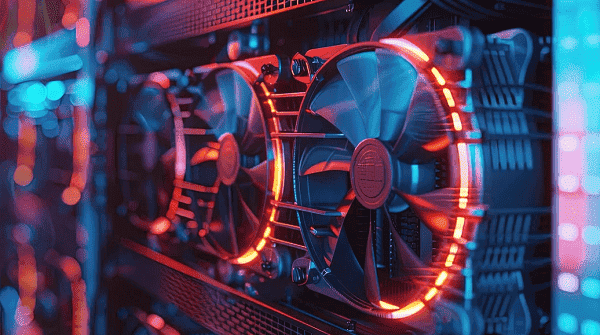
Secondly, select products based on the market offerings. Familiarize yourself with the performance, prices, compatibility, and matchability of different CPU and graphics card brands and models. Typically, CPUs and graphics cards from the same brand and generation offer better compatibility and matchability, while mixing different brands or generations may pose compatibility or performance issues. For instance, combining Intel CPUs with Nvidia graphics cards or AMD CPUs with AMD graphics cards are common and reliable combinations, whereas mixing Intel CPUs with AMD graphics cards or vice versa may result in compatibility or performance compromises.
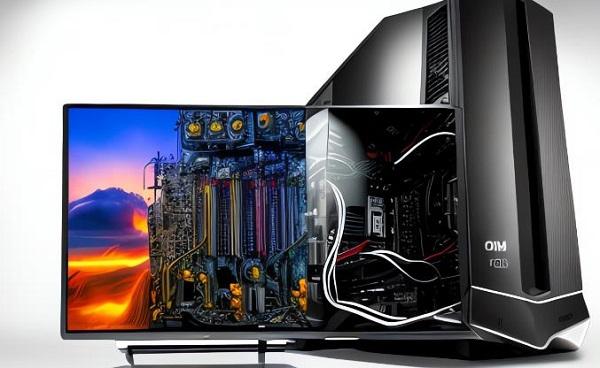
Lastly, consider other components in your system. Evaluate the impact of your power supply, motherboard, memory, and storage on your CPU and graphics card choices. Ensure your power supply can sufficiently power both the CPU and graphics card, the motherboard has suitable slots for installing them, and there's enough space for memory installation. Hence, it's crucial to consider these factors comprehensively.
The above are the principles for matching CPU and graphics card. Hope it's helpful to everyone. If you encounter driver-related issues such as network card, graphics card, Bluetooth, sound card, etc., you can use "Driver Talent" to detect and repair them. Additionally, Driver Talent supports driver downloads, installations, backups, and more, providing flexible driver management options.
See also:
How to Open Task Manager on Computer
How to download Brother printer drivers
Computer Win key unresponsive, how to solve
Is it essential to update computer drivers
How to Restore the Missing Volume Icon on Computer

|
ExplorerMax |

|
Driver Talent for Network Card | |
| Smart and advanced file explorer tool for Windows platforms | Download & Install Network Drivers without Internet Connection | |||
| 30-day Free Trial | Free Download |







